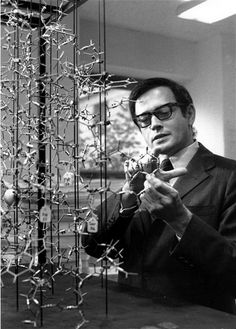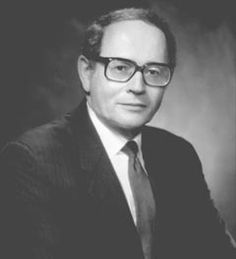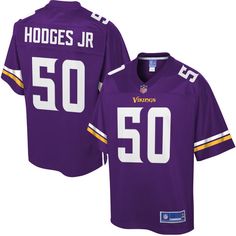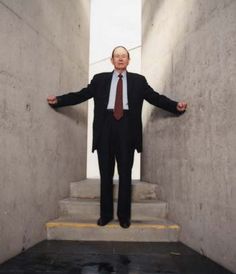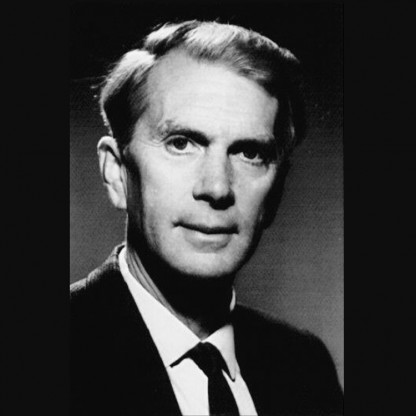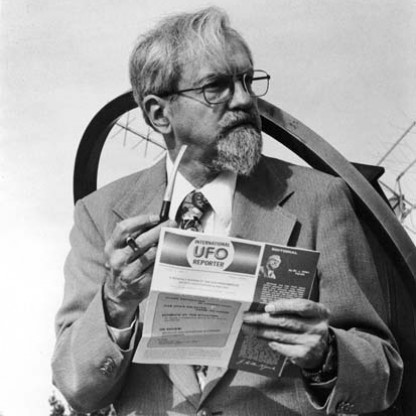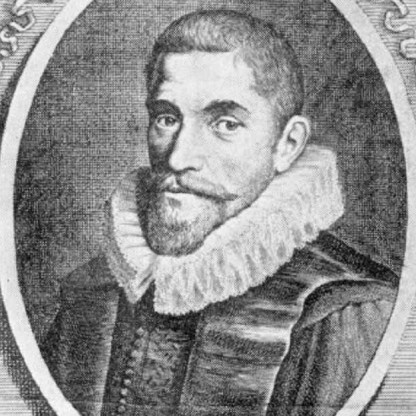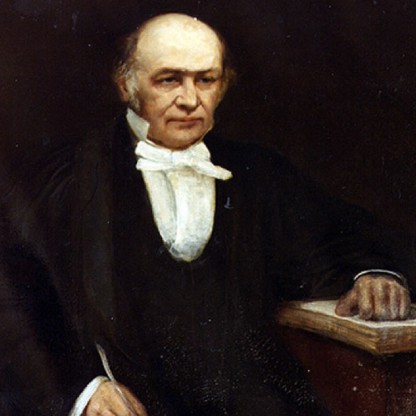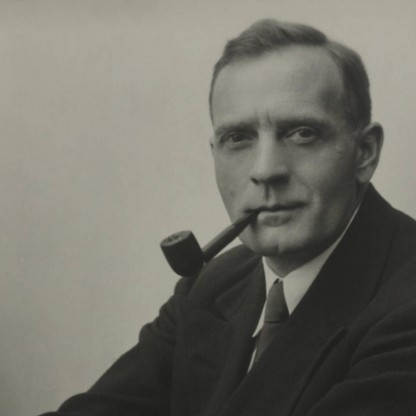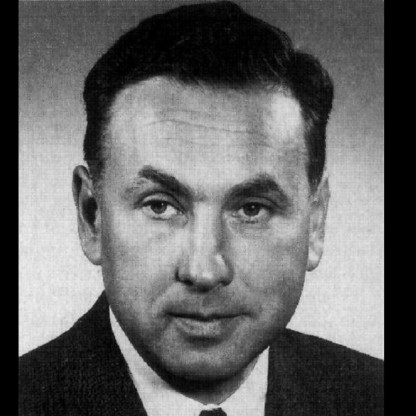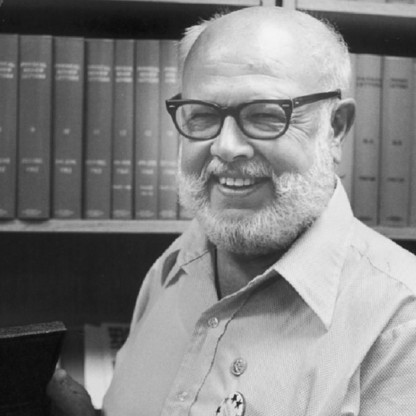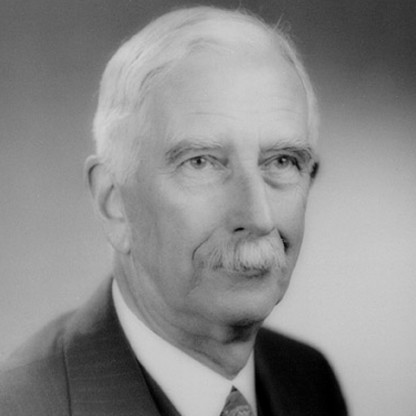Gerald Edelman was born in 1929 in Ozone Park, Queens, New York, to Jewish parents, physician Edward Edelman, and Anna (née Freedman) Edelman, who worked in the insurance industry. He studied violin for years, but eventually realized that he did not have the inner drive needed to pursue a career as a concert Violinist, and decided to go into medical research instead. He attended public schools in New York, graduating from John Adams High School, and going on to college in Pennsylvania where he graduated magna cum laude with a B.S. from Ursinus College in 1950 and received an M.D. from the University of Pennsylvania School of Medicine in 1954.


